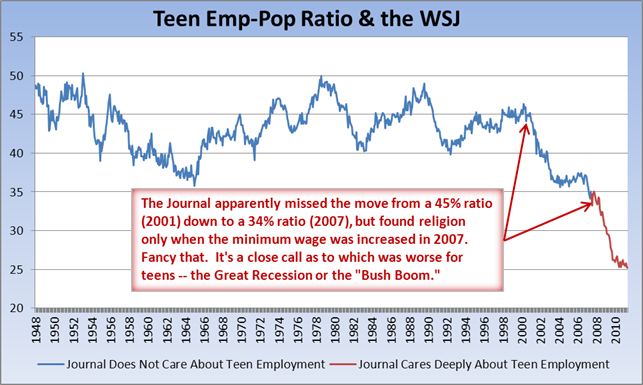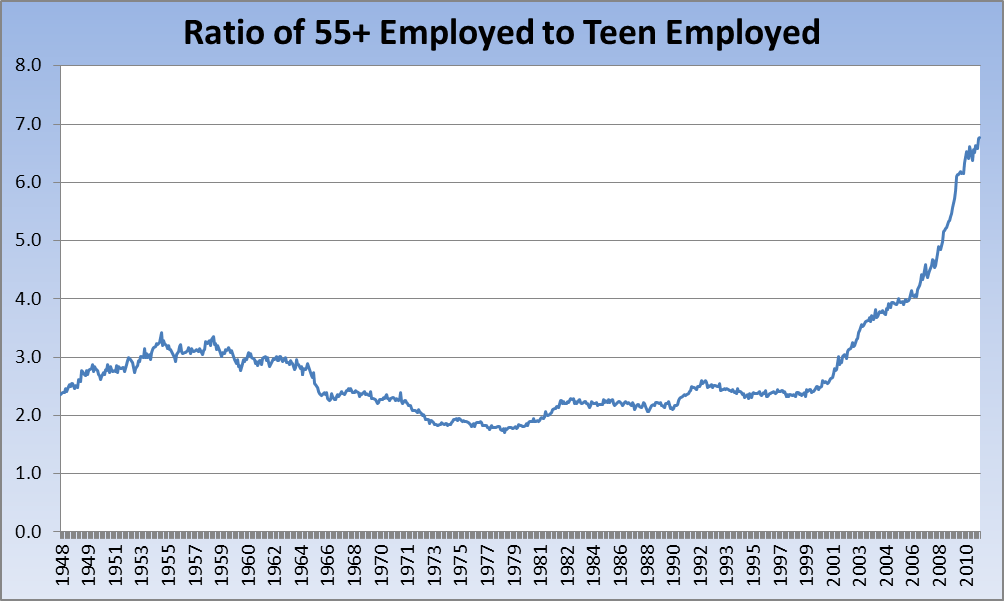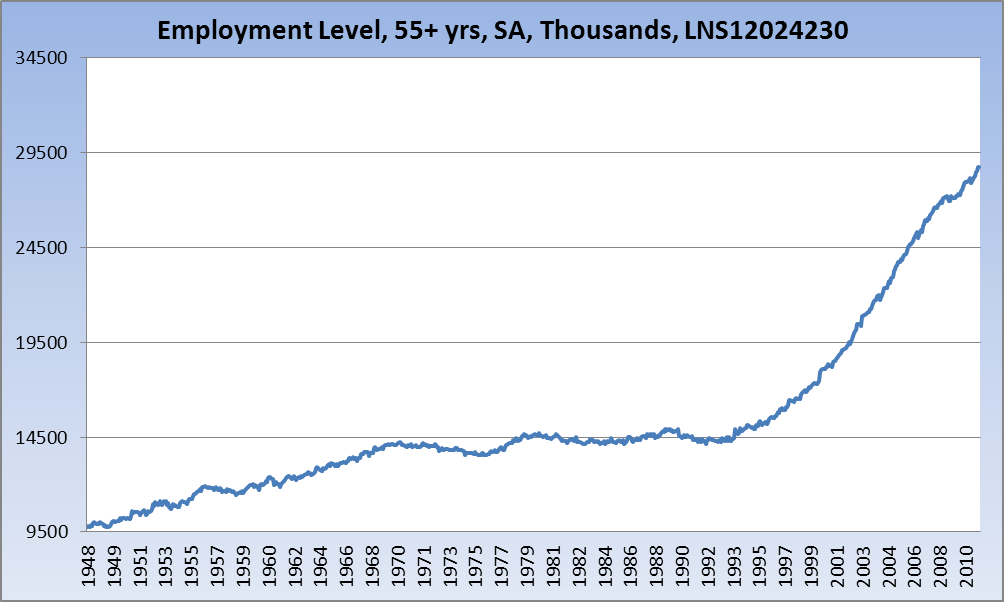You Can't Have One Without The Other?...Oh really? Without question probably THE key macro debate these days important not only to economic, but also financial market outcomes is the debate over inflation versus deflationary eventualities ahead. You already know the sides are divided with a lot of strong and well reasoned opinions on both sides of the equation. We are not about to address this specific debate for as we see it, the jury remains out. Mother Nature and Father Time argue deflation in many an asset class is still and will continue to be a reality. Alternatively central bankers are fighting Mother Nature and Father time with everything they've got, so to speak, praying their own inspired brand of monetary inflation can outrun embedded deflationary forces still left unresolved and unreconciled in the current cycle. And for now we are seeing a duality of outcomes. What remains levered (real estate) is still deflating and what is unlevered and experiencing accelerating physical demand globally (commodities) is inflating. As per investment decision making, being accepting of this current duality has been key to successful outcomes.
Again, the purpose of this discussion is not to chime in on the macro deflation versus inflation debate. The specific purpose is to drill down and question what we see as a bit of consensus logic of the moment pertaining to inflation. Right to the point, and we've discussed this historical truism many a time ourselves over the years, history is clear that prior bouts of headline inflation in the US have been very rightfully accompanied by wage inflation. We offer you the following chart as to why this perception is held so dear by so many. We're very simply looking at the year over year change in the headline CPI set against the year over year change in average hourly service sector wages (the service sector being by far the largest employer in the US). The directional correlation here is quite high. But we will admit, and this we believe will be very important in just a minute, that the linkage/correlation here has become a good bit less tight starting in the late-1990's.

So again, without trying to make some definitive macro call on inflation versus deflation, we know the very strong perception exists that in an environment where US wage growth is not accelerating on a rate of change basis, as is exactly the case now, there is no way higher commodity prices can ultimately be passed through into final goods prices for any extended period of time. Without wage growth, only a draw down of personal savings can "fund" inflationary pressures for a time. Wildly enough, post the rise in gasoline prices we saw earlier this year, the US savings rate has indeed declined a bit to help buffer the blow for now. You can see exactly this in the recent numbers. In essence, history tells us that there is no way inflationary pressures can continue to grow ever larger in the US if wage growth does not ultimately show up to support and perhaps help further accelerate those higher prices. In a wage growth deprived macro US economy, there is no way higher commodity costs can exist for a sustainable period of time. Oh really? As we've tried to suggest a million times over the years, we're in a changed world. Globalization changes everything. It's no longer a one chessboard global economy, but rather a three tiered multi-dimensional macro economic gaming environment. As you'd guess, for now the old rules do apply...until they don't.
One more quick one from the history books and we'll move ahead. Below is a quick snapshot of year over year rate of change in US CPI, but this go around we've broadened the comparator to total US disposable personal income (DPI). Yes, we're looking at the year over year change in DPI. One more time there is indeed an historical correlation here, albeit given the DPI numbers are much more volatile than wages only. But you get the concept and idea.

Remember that disposable personal income picks up income beyond wages specifically that includes interest income, rental income, transfer payments and proprietors income (small business). This is again why so many folks on let's call it the non-sustainable inflation side of the argument have literally planted the flag. Their position is that there is no way inflation (as meaning really higher prices for food and energy essentials) can take hold in the current environment. In fact we do know one specific central banker who also seems convinced higher commodity prices in the current cycle are transitory and temporary, as this history we've shown you would seem to justify. But is he still expecting to play the global economy game on one chess board?
One last view of life in what we suggest to you is a changing world. It's an update of one you've seen before, but again is a key relationship the "temporary and transitory inflation" crowd are banking upon conceptually to validate their non-inflationary case. Very quickly it's the nominal dollar history of West Texas crude prices alongside the same year over year change in US service sector wages. What we've done with the light green colored bars is look at what happened historically to the rate of change in wages when crude prices accelerated meaningfully. Key point being, since 1974 every time crude oil prices accelerated over a certain period of time, the year over year rate of change in service sector wages was accelerating. Every single time. The only two exceptions to this rule were seen during the periods shaded in purple - the 2007-08 period and in the present environment.

Of course we watched oil prices rocket to the moon in 2008 while the rate of change in US wages was decelerating and what happened? Just as history would have academically predicted the US fell into a recession. Chalk one up for the transitory and temporary crowd, right? But we suggest that we all think much more broadly as the prior cycle that witnessed the spike in oil was not only about the increasing importance of globalization to physical commodities, but also about unchecked speculation and the growing integration of commodities as an asset class to institutional investors globally.
So we know you get the picture. Again, as we step back and look at the lessons of history, we can see how the temporary and transitory crowd can be so adamant in their conviction that in the absence of US wage inflation, commodity price acceleration and inflation in general are unsustainable. But as suggested, it's time to start thinking more broadly. Specifically, it's time to starting monitoring the character of wages alright - the character of non-US wages.
To get us thinking in this direction and to unshackle the constraints of viewing life only within the context of US historical experience, and certainly to pay homage to the three dimensional chess board that is the global economy of the moment, let's look East for anecdotes of change. You already know that probably a few months back, the wonderful folks at Li and Fung (Asia's largest retail supply chain management firm) told us that price increases coming from Asia would be a certainty, it is now only a matter of how much of the cost increases Li and Fung customers will be able to pass through into final goods prices to their customers served. It was only a few weeks later that the CEO of Wal-Mart said essentially the same in telling folks to expect higher prices broadly that would stick, nothing temporary about it. It was just recently that William Fung (the Fung of Li and Fung) revealed in the Wall Street Journal that he now expects an 80% increase in wages across the Asian community over the next five years. You'll again remember that the FoxConn employee riots of February of 2010 resulted in approximately 30% wage increases for their employees by the summer of last year. Rising wages in the emerging markets is a certainty.
Specifically China has been allowing wage increases we believe for a number of key reasons. First, in the absence of significant currency revaluation, higher wages in China addresses with some immediacy the issue of inflationary pressures most importantly seen in food prices as of late. Secondly, higher wages in China over time should help spur accelerating domestic consumption - something China knows it needs to make happen in order to allow more internal total economic balance (export model versus internal consumption model). The five year 80% wage increase prediction by William Fung seems like a very big number, especially compared to wage gains in the US both now and over the last five years. But the fact is that meaningful wage gains have already been occurring in China for quite some time. As you already know, when starting from such a very low nominal wage base a decade to a decade and one half ago, the nominal gains have been small in nominal yuan terms, but large in percentage terms. After over a decade of compounding, the numbers start to become much more meaningful. And now when we see 30% FoxConn related numbers appearing, this issue simply takes on heightened importance.
Directly from the Chinese National Bureau of Statistics, we've put together a few views of historical reality to hopefully get us to start thinking about wages and commodity prices/inflationary pressures in a much broader context - in a global context. Below is the history from 1995-2009 of the average wage of employed persons in China as expressed in Yuan.
Of course the year over year rate of change numbers are important. With the exception of 1997, every year over the period covered witnessed a double digit rise in wage gains annually. Again, not so important when the nominal Yuan wage base was small, but very important when one now contemplates 30% wage increases on a nominal Yuan wage base almost seven times larger than it was in 1995. We're talking real money now. A bull market in Chinese wage gains? If the above were a stock chart, how else would one characterize this history?
Very quickly, what we've done in the combo chart below is break apart the history of Chinese wage gains between State owned and independent (private) enterprises.
Wildly enough, at least according to historical experience, wage gains at State owned enterprises have outstripped their private sector counterparts in most years. All in the interests of maintaining the social good? You bet it has been. And that's still a very big issue today. Please remember that all of the numbers we're showing you above are current only through 2009 (China's official numbers of the moment). It is in 2010 and really now that we are staring to get anecdotes of rate of change wage acceleration well in excess of any of the rate of change numbers you've seen across the charts above.
So why have we dragged you through these numbers? And why should this all of this be important in investment decision making ahead? We have a few more items to discuss that we hope at least provoke thought and reflection. First, as a KEY global macro, we need to very importantly remember what certainly is a truism of global macro economics of the moment (and as Larry the Cable Guy would counsel us, "we don't care who you are"). And that truism is, the low cost producer sets price. Let's face it, costs in China have in essence become the "benchmark" for so much global production over the last half decade. We won't go into all of the outsourcing commentary as you know all of this already. What is very important in this period of rising wage acceleration is that increasing labor costs in China allow other Asian competitors to likewise address their own domestic wage issues under the "cover" of China's all in pricing umbrella. Point being, rising costs and ultimately prices coming out of China may indeed allow prices influenced by Asia broadly to rise. We expect exactly this to occur. Isn't this the very definition and characterization of a price/wage spiral? This is exactly why we've keyed in on Chinese wage character as being a must do monitor point, not only for China specifically, but really Asia broadly.
But of course there is another issue directly linking back to our original comments about the historical correlation between US wages and commodity prices. Although we only have the Chinese wage data stretching back to 1995, we thought we'd look at the rhythm of rate of change in Chinese wages over time set against crude oil and food prices. Exactly as we did in one of the charts above of US wages and West Texas crude. We're using total annual Chinese wage rate of change data below (as opposed to State owned or private company data specifically).

Who knows, maybe we're stretching to make a point for all we know, but here's what we see. Back in the late 1990's and early part of the last decade, in the years following meaningful rate of change growth in Chinese wages, oil prices accelerated. We marked these periods with the green circles. Absolutely direct and definitive causation? Of course not. But what we would suggest is that rising Chinese wages in those periods lent a certain amount of support to growth in the total domestic Chinese economy itself. And with macro Chinese economic growth comes a higher demand for resources.
Do we likewise get a taste for a bit of the same in the relationship below in looking at equity prices on the Shanghai relative to the rhythm of domestic Chinese wage growth over time? At least in the past when Chinese economic activity accelerated (theoretically as reflected by the financial market) wage growth likewise seemed to likewise accelerate in accord, and vice versa.
We'll finish up with one last relationship. This time it's the annual rate of change in Chinese wages along side the UN real food price index at each year end period. Have a peek.
Okay, you'll remember that when we looked at the relationship of US CPI and service sector wages that was the first chart in this discussion, we stated that historical correlations between the two had been very tight up until about the late 1990's. Well, if you look at the chart above and the prior chart of Chinese wages and crude oil, we see the directional correlation as being pretty darn high from about 2003-present. Is this telling us that at the margin what is occurring with wages in China since that time is having a potentially greater impact on the rhythm and reality of global commodity prices? We think this is exactly what it's saying. In very simple terms what we believe we are "seeing" is nothing more than the evolution of the global economy.
So again, we know you get it. We believe declaring higher commodity prices and higher inflationary pressures a transitory or temporary phenomenon based solely on lack of meaningful US wage growth is shortsighted at best and perhaps very dangerous in investment decision making. The reality is that we are already seeing a number of Chinese manufacturers attempt to outsource themselves in this period of higher labor costs. Outsourcing to places like Vietnam has been done. Unfortunately Vietnam simply is not a large enough economy to have a meaningful impact on or act to offset domestic Chinese wage trends.
Lastly, as we look ahead a number of years, we also need to remember that China is running into a demographic issue. And they are not alone. The long standing one child policy in China has driven two important phenomenon. First, the population at some point will not be "replacing" itself. Secondly the disproportionate number of men in the country speaks to the same issue - a country that will increasingly have difficulty somewhere down the road replacing its population. Can we make the case that a worker or skilled worker shortage may appear, and have its own influence on domestic wages at some point? We're a long way off, but headed in that general direction. Will China drop the one child policy at some point? We believe they will indeed. And we can only imagine what demand for commodities and their resulting prices may look like if the Chinese birth rate were to increase. Can you? Indeed perhaps we can't really have inflation without wage growth. We just suggest you be careful about to whose wages you are referring.
See the original article >>




















